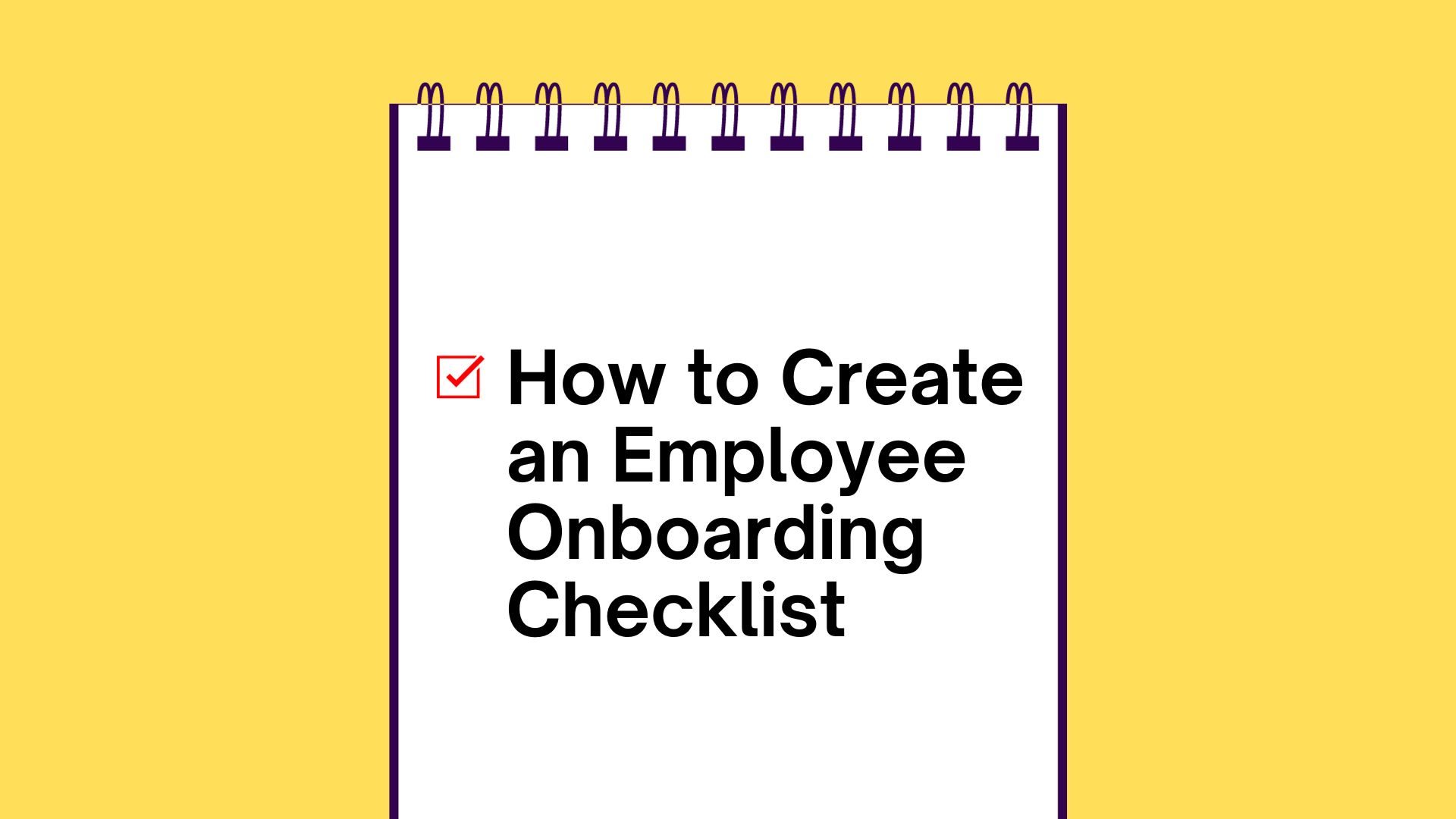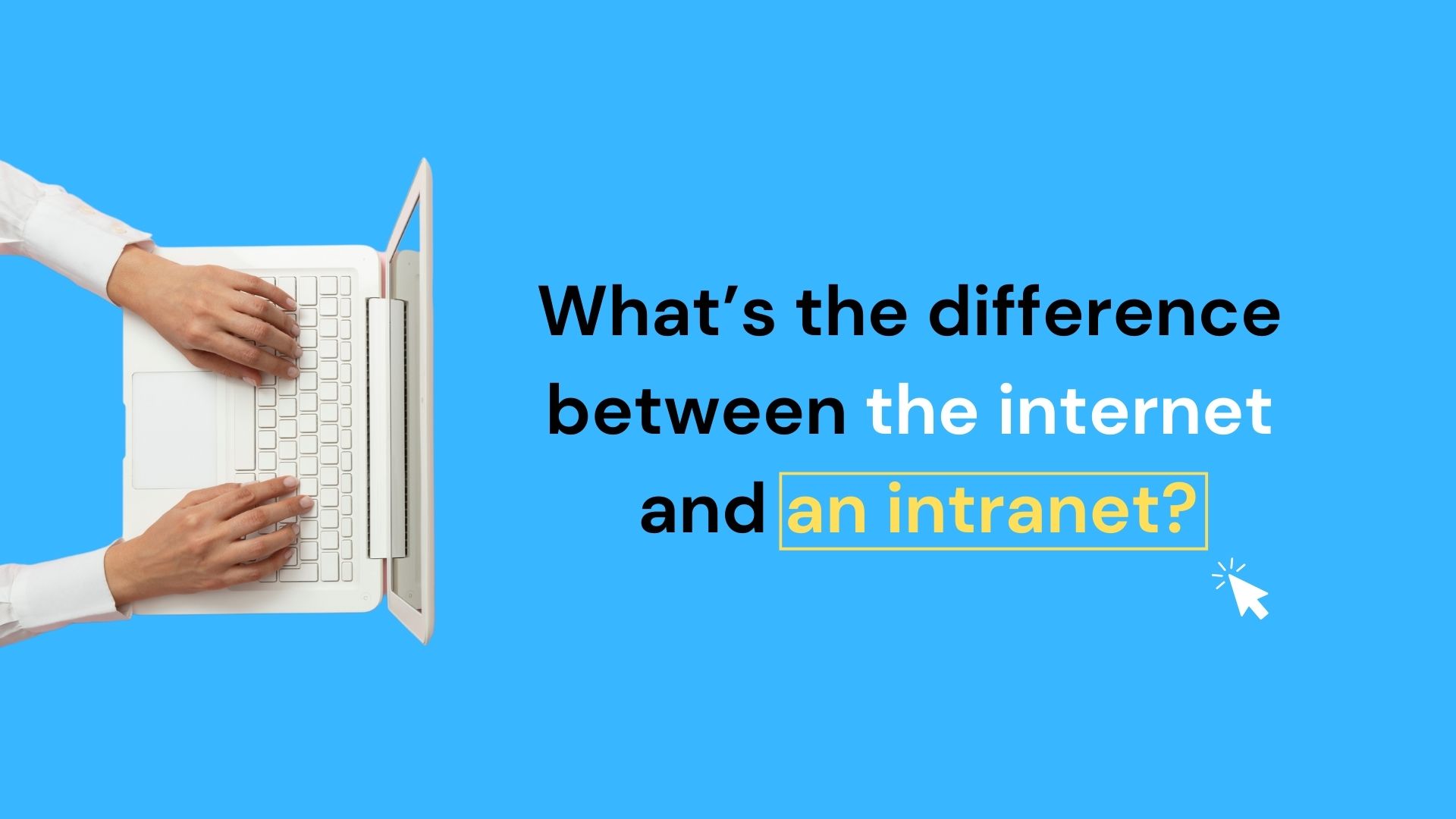The social business shift has been growing rapidly over the last few years. And similar to email, it will take time before it can truly emerge and stabilize.
As a result, it is easy to fall for enticing intranet software vendors who promise instant productivity and the allure of unlocking value within your enterprise. Unfortunately, most of these vendors are leading the industry into a false start.
Most are advocating for a more social business and the value it offers. They are championing the benefits that such software delivers but neglecting an important part of the process: making the right choice when it comes to intranet software.
Here is what most intranet software vendors are not telling you.
Table of Contents
One Size Simply Doesn’t Fit All When it Comes to Intranets
The most important part of any intranet is the user experience. This is what determines if your intranet purchase will be adopted or will drag on for months or years before it is fully implemented within your organization and starts to bring real value to the enterprise.
The one-size-fits-all strategy simply doesn’t work in intranet software.
Organizations operate within set guidelines and have established cultures that keep things in motion. Introducing intranet software that disrupts a system that has taken years to build often becomes a hard sell. As a result, this is never part of any vendor’s sales pitch.
By and large, there are no huge features that differentiate intranet platforms. All the basics, for the most part, have been covered and vendors know that all too well. As a result, many migrate to particular industries due to sales success. These regulated industries are adopting intranets to move conversations off email. This is due to necessity, not preference and vendors will use these as testimonials that intranets do work and needs to be adopted in your organization.
Most intranets lacks usefulness or traction since they do not live up to their potential. With almost all intranet software being similar enough, and the majority of adopters taking a technology implementation standpoint, most intranets fail to address the specific requirements of most organizations … since they are designed for the lowest common denominator and the highest amount of mass appeal.
One size of intranets simply doesn’t fit all organizations looking to integrate social into their business processes.
Most Intranet Software Requires that You “Change the Way You Work” to Fit their Model
It is easy to praise the value that intranets introduce into an organization, as most vendors do. It’s gleaned across their websites with data collected from their user analysis to find the “lowest common denominator” among users as a deiver for the marketing of their prouct.
However, it may be difficult to make a sale when you have to equally reveal the cultural divide that an intranet might introduce into an organization.
The truth is, traditional businesses already have a rule-based, low-context communication style that employees are accustomed to, where all parties already know how to operate in any given situation. These rules and procedures govern how your business works today, and this creates the necessary predictability in how things are executed.
However, the mechanics of social business are relationship-based.
Communication and participation is more personal, and like any form of social media, discussions can be both vertical and horizontal. As you can imagine, introducing a less formal communication style where people say what they think and feel can be discomforting on more experienced workers. Ultimately, this creates a cultural divide from within.
Unfortunately, most intranet software is not developed to bridge the cultural divide. It is up to the adopters to figure out how to manage this shift … and in a way that will not disrupt business communications and efficiency.
And therein lies why these vendors tell you that you will “change the way you work.”
And they’re right, because in order to fit “their rigid model” and standardization of how they think you should do social business, you will have to change the way you work.
Social business is, by its very nature, extremely personal, however. The type of business you’re in and how you go about business internally with your employees, and externally with your partners and customers, is dramatically different from how other companies operate … and this has a profound impact on how social business needs to work to fit your needs and provide value to your business.
Most adopters however have no experience and will hire expensive consultants to navigate this unfamiliar turf.
Large Intranet Software Platforms are “Heavy” or “Bloated” and Will Be Expensive to Customize
Once the euphoria of adopting an intranet has faded and the vendor transaction has been finalized, most organizations are usually left with the question, why is “this” intranet for “our” organization?
In most cases, these organizations will already have been using existing purchases like CRMs, ERPs or HCMs, TMIs, DCPs, ABCs, or any other type of acronymed software. Getting a “one-size-fits-all” intranet to run in concert with everything else simply won’t cut it. This is when they realize that they need to customize the new software to work with existing platforms.
Customizing these huge software systems (built by huge corporations desparate to increase profits for their shareholdes) however does not come cheap.
What is more, most of the available intranet software out there is heavy and laden with different functionalities to appeal to the mass market. It will take time before the software is fully customized for use and even then, it will demand calling in expensive consultants (specialized people who make a living doing this stuff) to re-enable, reconfigure, or add new functionality whenever that becomes necessary. Ongoing configuration and customization throughout the adoption process is usually necessary and this means more money over time.
Most intranet software vendors’ top-of-mind priority is to “close the sale.
I have head, from some of our customers that were evaluating competing systems, that some of these companies do some pretty tricky, high pressured sales tactics to get you to sign on the dotted line before you even know what you’re getting. They are not going to tell you everything there is to know about intranets. It is up to you to know what your organization’s needs and requirements are and what intranet software is available that meets those needs, or at least comes as close as possible to meeting them.
Failure to do this can result in more headache and expense in trying to implement and customize a solution without distracting your organization’s day-to-day operations.
So, What’s the Solution to All of This Madness?
First, I recommend that you do your research. There are so many different intranet software vendors out there, all with different approaches, different features, and different promises … and new ones are popping up daily, it seems.
Before walking into a sales call, have a good idea of what your goals are, what your budget looks like, and what problems you are looking to solve. Ask for a walkthrough demo, then ask for your own sandbox, then ask for as many demos as you need to make sure you know what you’re getting into. Ask lots of questions and see how the vendor answers them … are they “beating around the bush” or are they straight with you?
Second, when shopping for this type of software, it’s safe to guess that you’re either new to this world, or you’re looking to move off a “one-size-fits-all” system that isn’t flexible enough for you. Look for a system and a vendor that is flexible, that allows you to make customizations, and that will allow you to make changes over time and your business grows into the platform.
It all comes down to these questions:
- Do you want an intranet platform that limits you to how the vendor thinks you should work?
- Or do you want a platform that can be customized to how you are already working?









